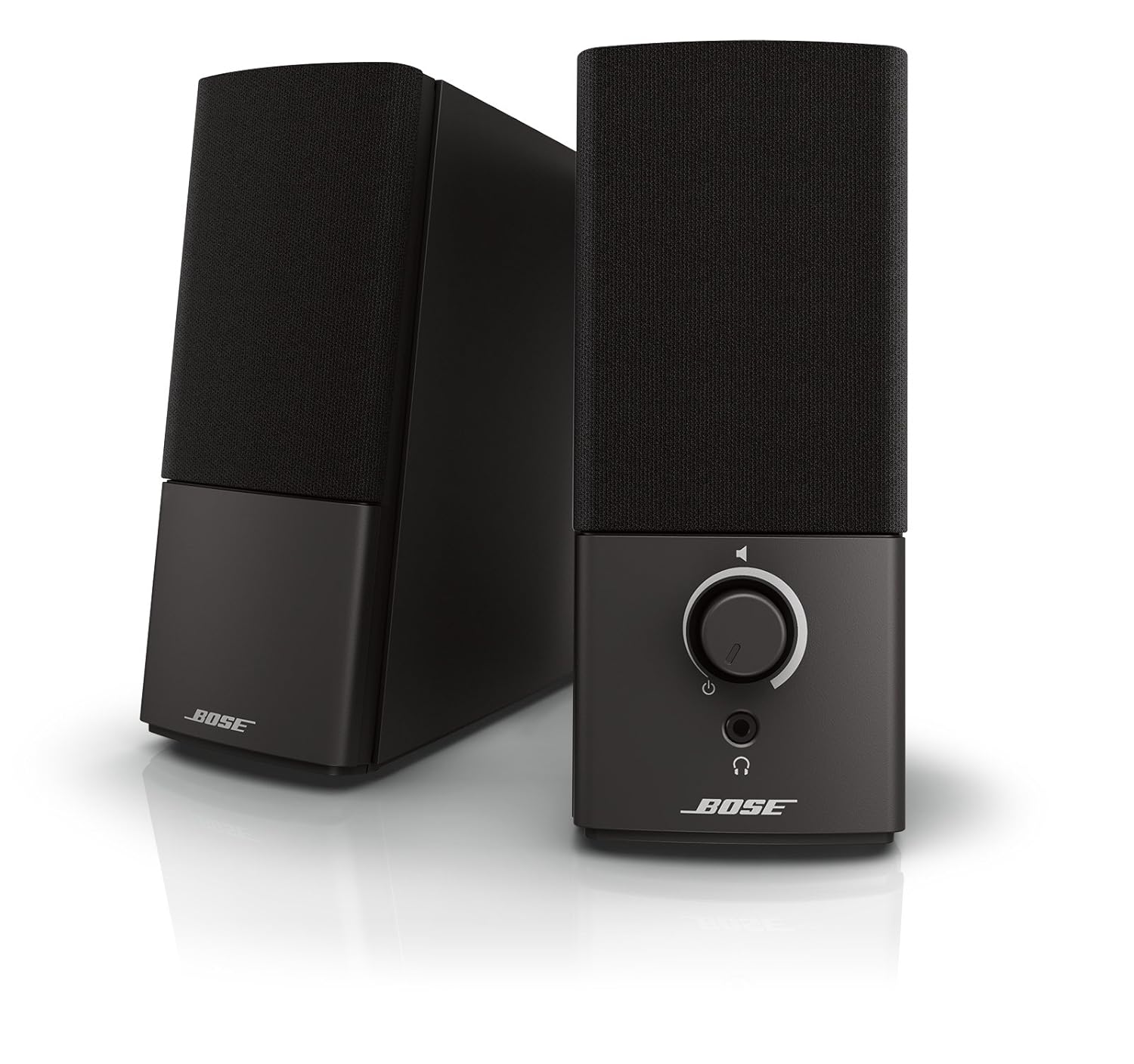PC speaker
The PC speaker is the default sound output in IBM - compatible PCs, the built-in speaker. Before about 1990 sound cards became popular, it was the only way to generate on a PC tones and sounds.
Operation
Its control logic involves only two states before: on and off, which corresponds to two different positions of the membrane. Thus, the speaker can usually only play square waves. It can be controlled by the software in two ways: It can be registered one frequency in the interrupt timer ( PIT), the speaker automatically goes to that frequency on and off until it is deactivated. Alternatively, on the keyboard controller explicitly be " loose" placed in one of two states " tense " or the speaker cone. A volume control for the speaker system is not provided on most PCs. The strange by today's standards access via interrupt timer and keyboard controller was used on the first IBM PC in order to save chip, then later maintained for compatibility reasons.
Advanced sound engine
To output to the PC speaker sounds of nature, other waveforms as a rectangle, polyphonic music, or softer sounds, to various programmers have it tries to simulate by software a D / A converter with counting method. For this, the signal to be output has been dithered and the speaker by timer interrupt at exactly the right time by the CPU on and off. The disturbances had to be on in the ultrasonic range and are smoothed by the inertia of the membrane intermediates (see diagram). In practice, however, this method was either so computationally intensive that the computer while the sound output could do no other tasks ( such as changing the displayed image content or the query input devices ), or the pulse width modulated signal was audible as annoying beeping. Furthermore, the timer interrupt often could not be executed at the right moment because of the presence of other interrupts, which has led to a loud crackling. Nevertheless, such techniques were often used in early computer games for PCs, since the only alternative was to dispense with such sounds.
These programs work because of their complicated timing often only on PCs with a particular CPU speed correctly on significantly faster PCs to hearing sounds are usually not the desired. The quality is so much worse than a Covox plug.
Modern emulators for older PC software such as DOSBox can output the corresponding sounds pretty good through the external speakers. The real system speakers do not support them because of the on modern operating systems (see below) associated technical problems mostly.
Current usage
BIOS
Many BIOS use the option to display error messages by beeping. This is helpful in diagnosing the problem no longer -starting computer, which often is not output and thus also no error message display on the video card to the screen longer possible.
In portable devices
In most notebooks the system speaker signal is passed to the built-in sound card and goes like the normal speakers, with some laptops the system speaker but is saved without replacement. For motherboards with onboard sound card, it is sometimes also possible to run the system speaker signal to the same external speakers that are responsible for the output of the sound card sounds.
Through programs
Until recent years, various programs used nor the easy way to play through the system's speakers advisory tones even with missing or disconnected external speakers, such as notified Skype or IRC Program XChat user so an incoming call or a chat request. However offer Microsoft operating systems from Windows Vista application programs no longer have access to the real system speakers, such accesses are now to the sound card and thus - if available and switched on - redirected to the external speakers. Microsoft justifies this by stating that the system speaker is out of date. The only way these operating systems to access the system speaker, is to use an unsigned driver, but this brings a new set of problems. On Linux systems in general is still the use of the system speaker for simple beeps possible, but not for the above described complex sounds, as can the corresponding time-critical methods have hardly been integrated into a modern multitasking operating system without real-time interpretation.
Programming
The command printf ("\ a"); ranges in C code from using the console output to output a "Alert " (Eng. alarm), which formerly was usually realized (for Microsoft to Windows XP) in the form of a beep from the system speaker.
- Hardware
- Speaker










